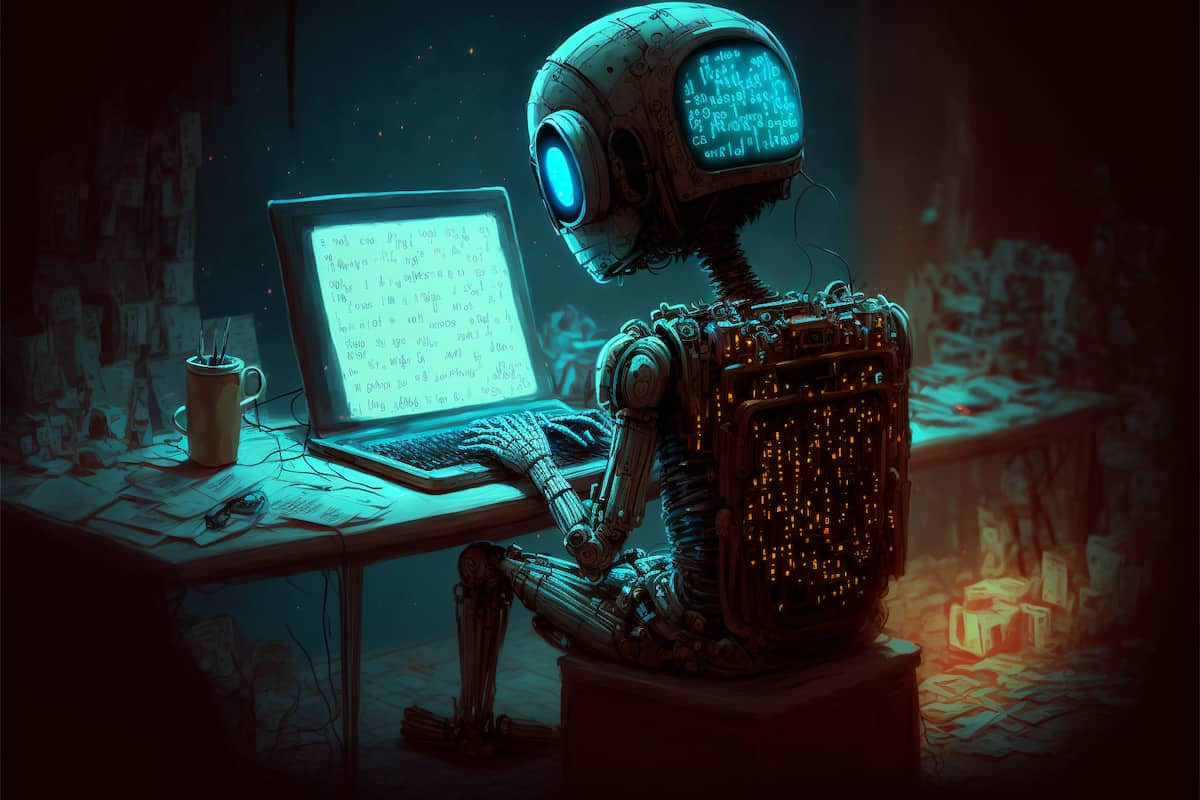By: Claire Zhou
The recent and rapid development of artificial intelligence (A.I.) Chatbots has taken the world by storm and has become one of the hottest topics in corporations, studies, and households worldwide.
Despite excelling in writing poetry, answering questions, and summarizing any piece of writing, these A.I. chatbots seem to have difficulty with mathematics. Computer scientist Kristian Hammond states that “The A.I. chatbots have difficulty with math because they were never designed to do it.”
Previously, computers were made to follow step-by-step formulas and intake information from relative databases. However, over a decade ago, a new approach began to show promising advances. It is called a neural network designed to vaguely mimic the human brain.
It is not programmed to follow strict rules. Instead, it learns by analyzing large amounts of data. Based on the information it has taken in, it generates words. A.I. Chatbots have been found to struggle with math word problems which require a step-by-step process to find a solution.
However, the A.I. is making improvements. A new version of GPT made by OpenAI answered thousands of problems requiring visual perception and mathematical reasoning with close to 64% accuracy. The company says this is an improvement from the previous version which answered with only 58% accuracy.
Although these chatbots are not entirely reliable in the field of mathematics, some individuals have used this flaw as a learning tool for young minds.
A high school math teacher named Kirk Schneider uses a method of dividing up classes into small groups of students, and using the A.I. generated answers as a point of discussion. Mr. Schneider makes the students compare answers with the chatbot, asking them questions like who’s right, or how did each of them arrive at their solution. “It teaches them to look at things with a critical eye and sharpens critical thinking,” claims Mr. Schneider.











